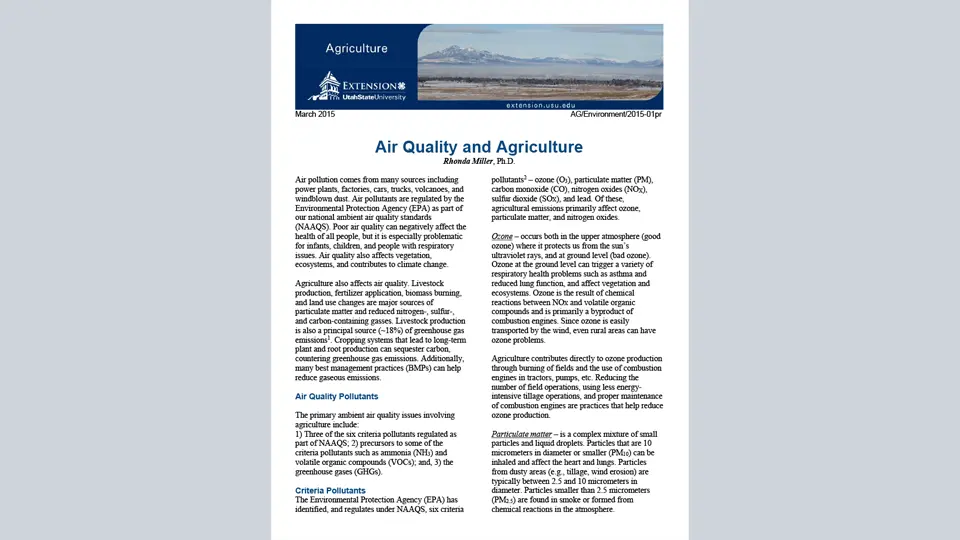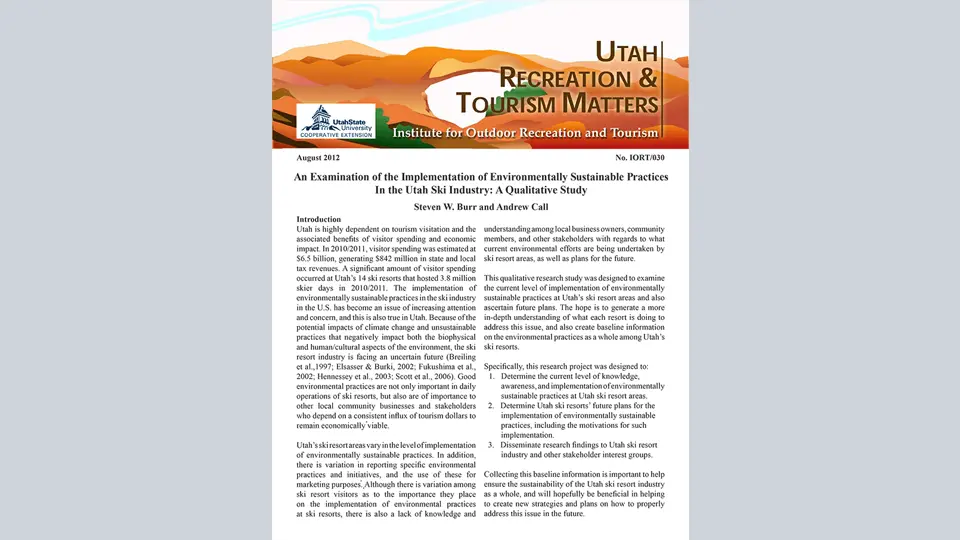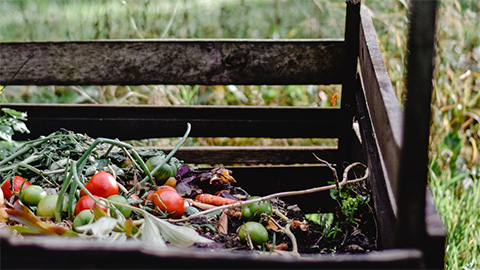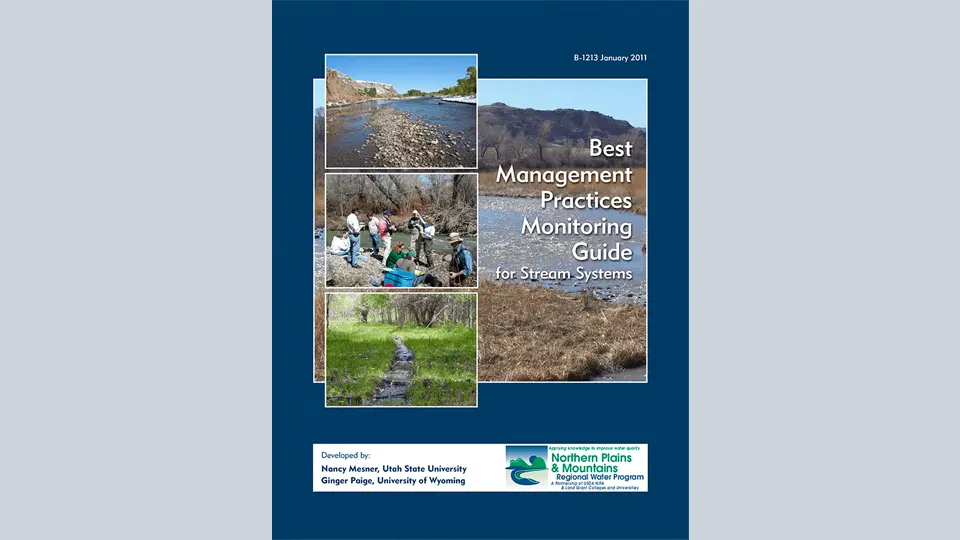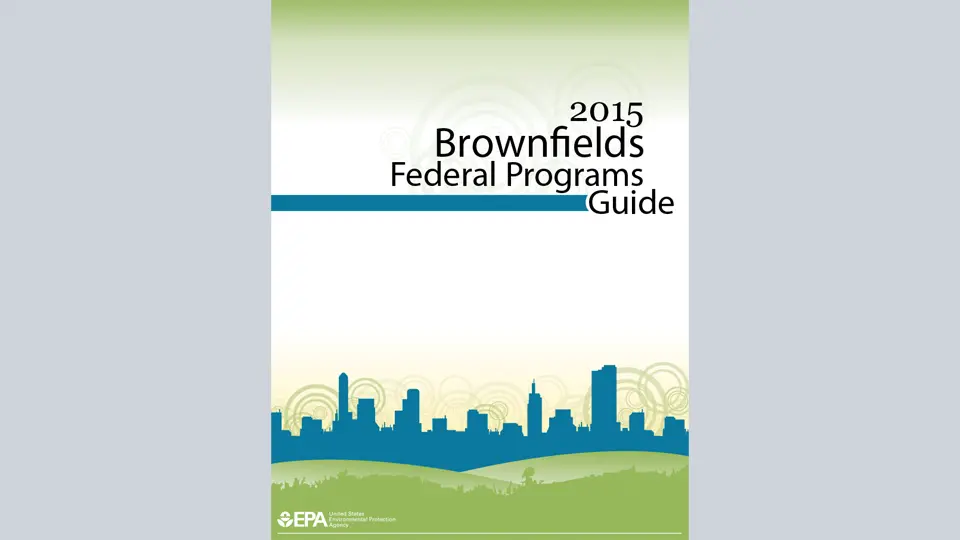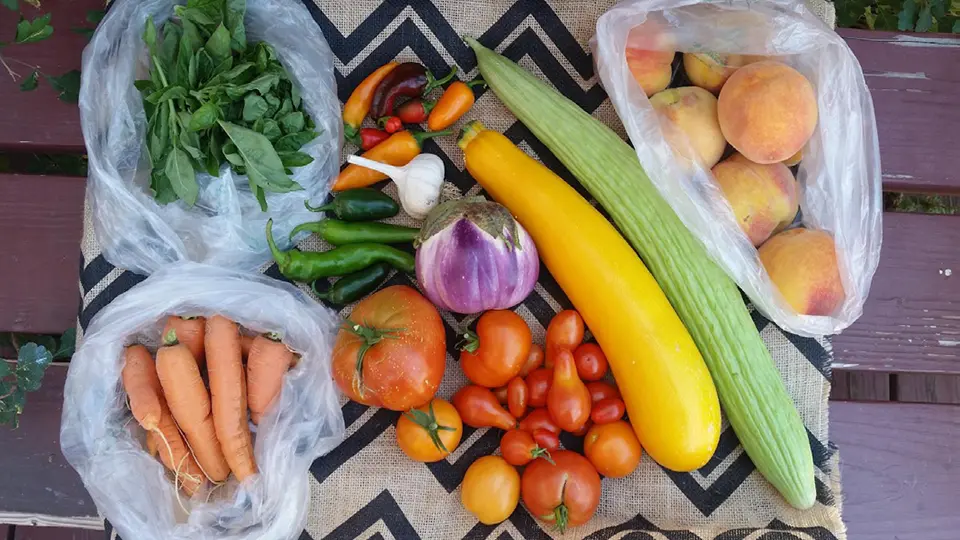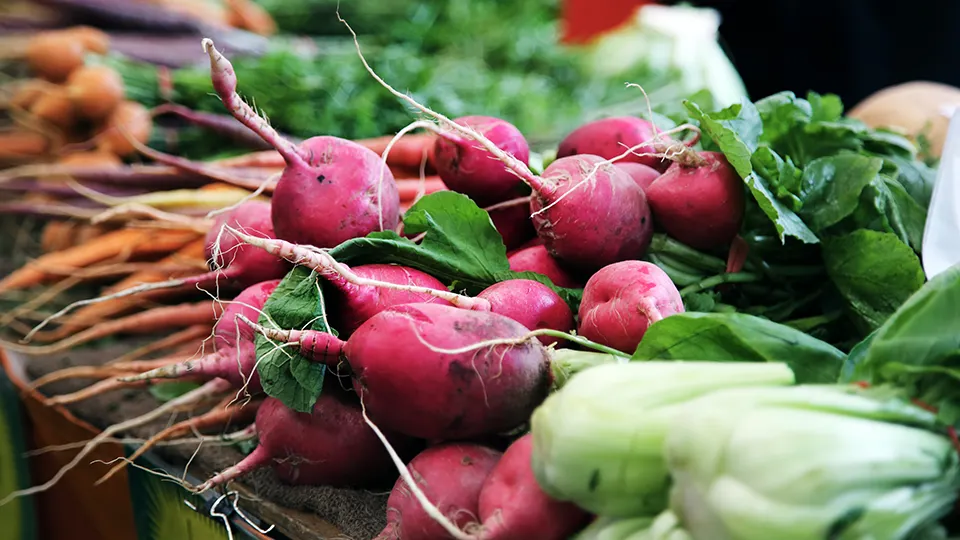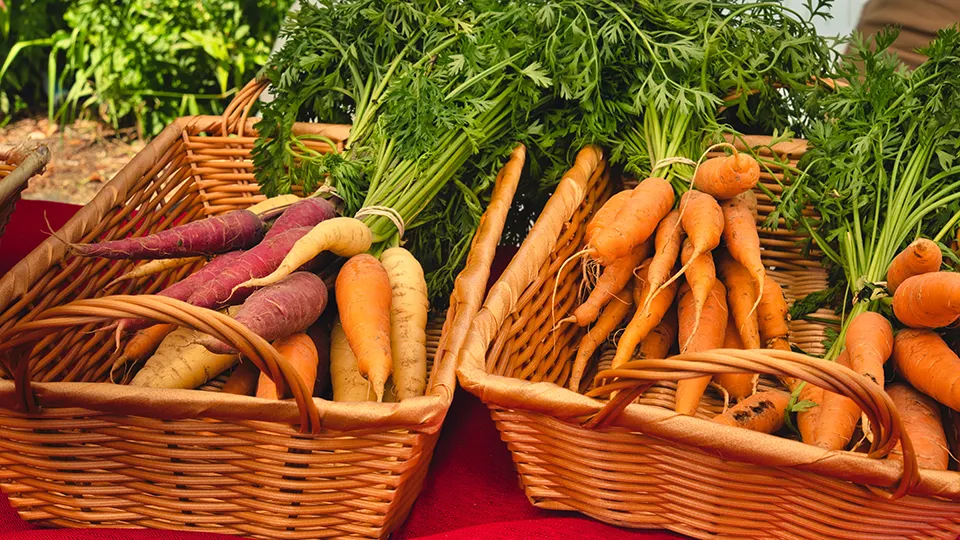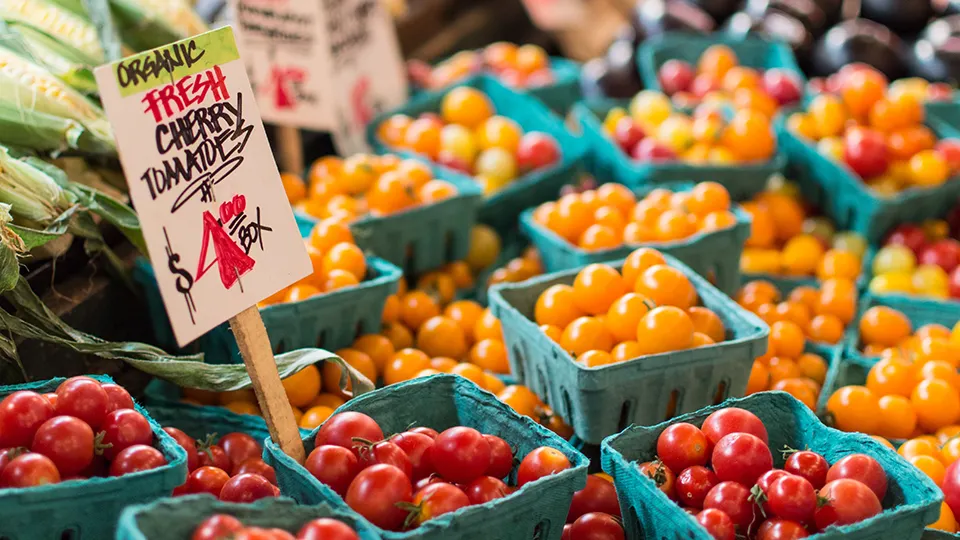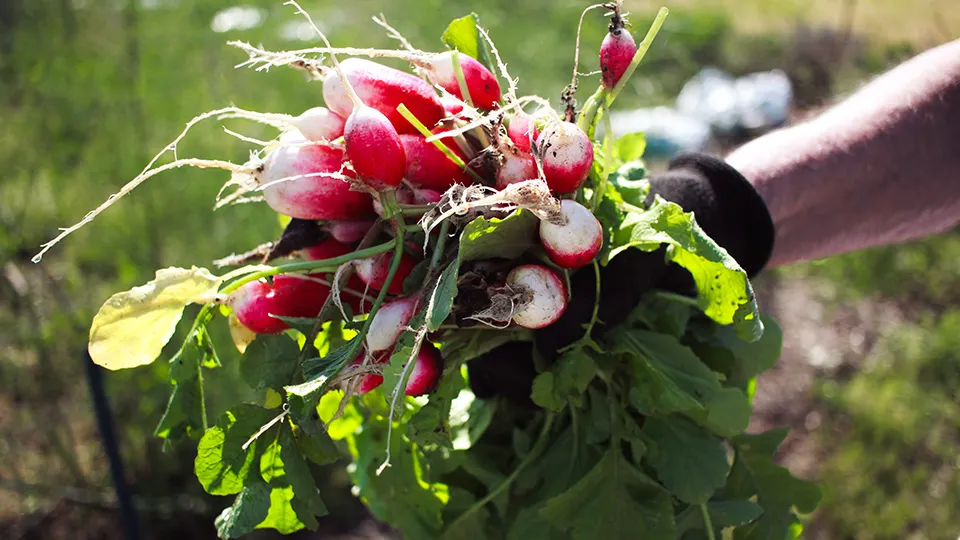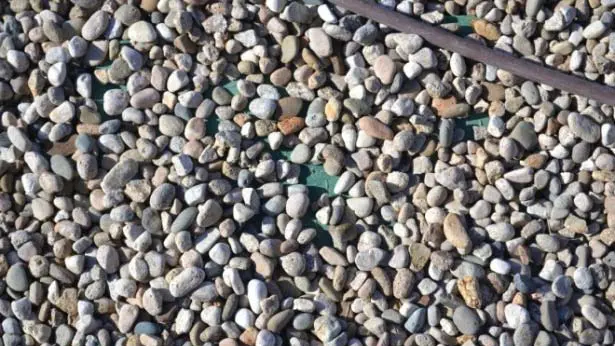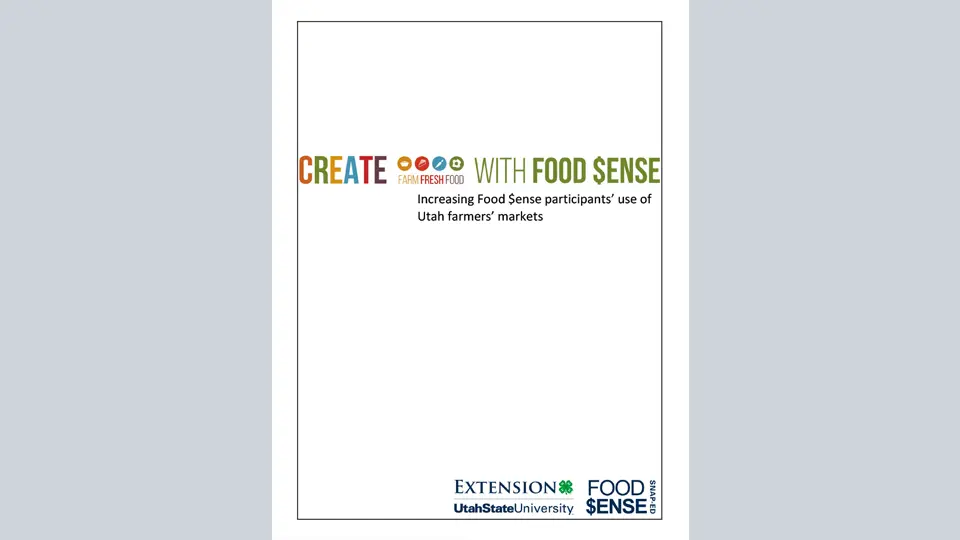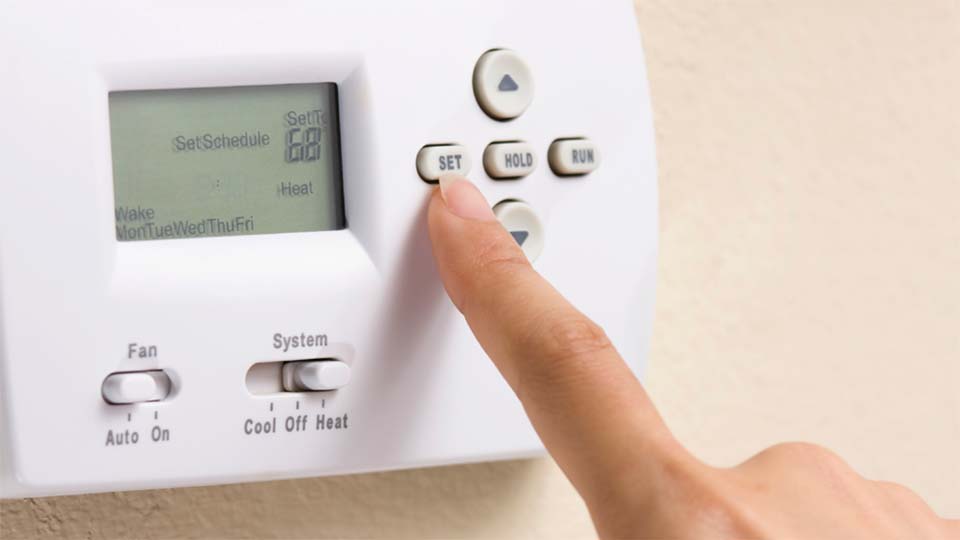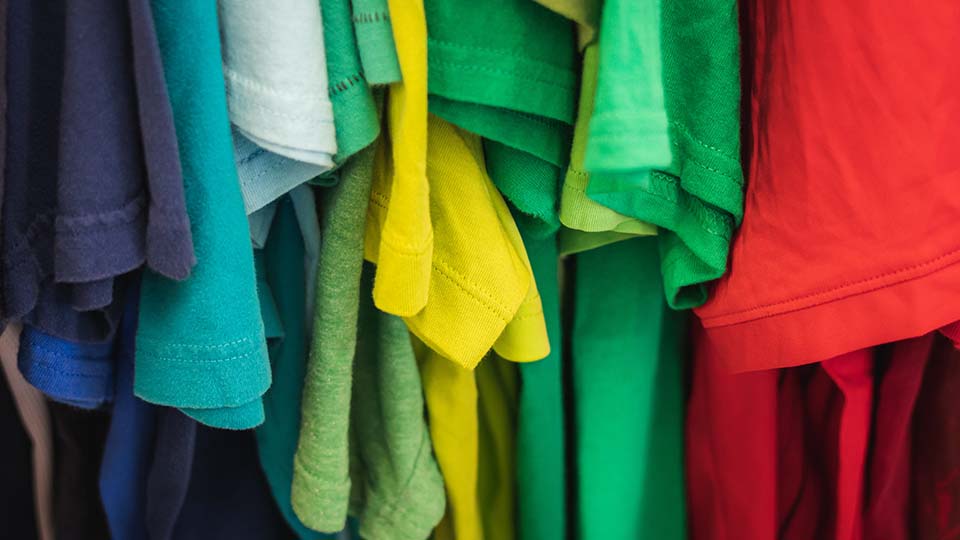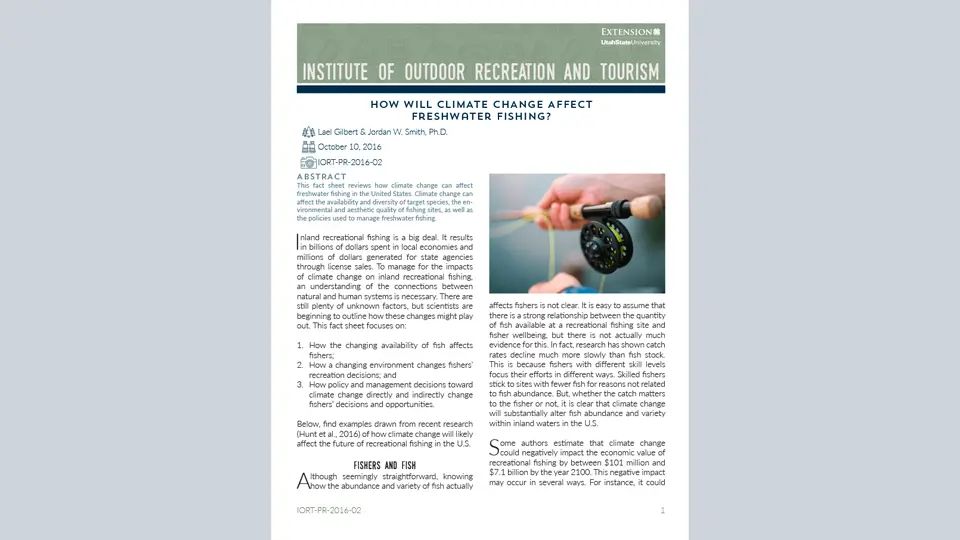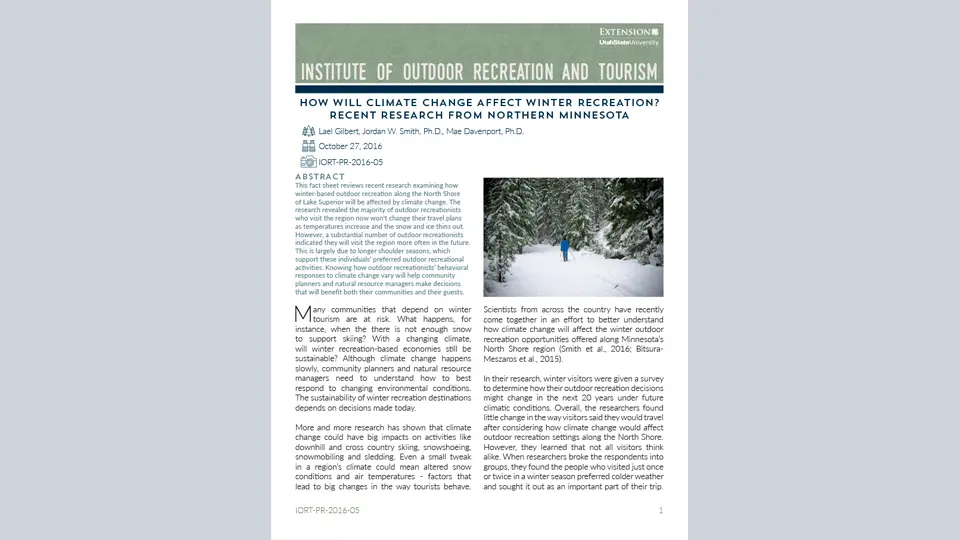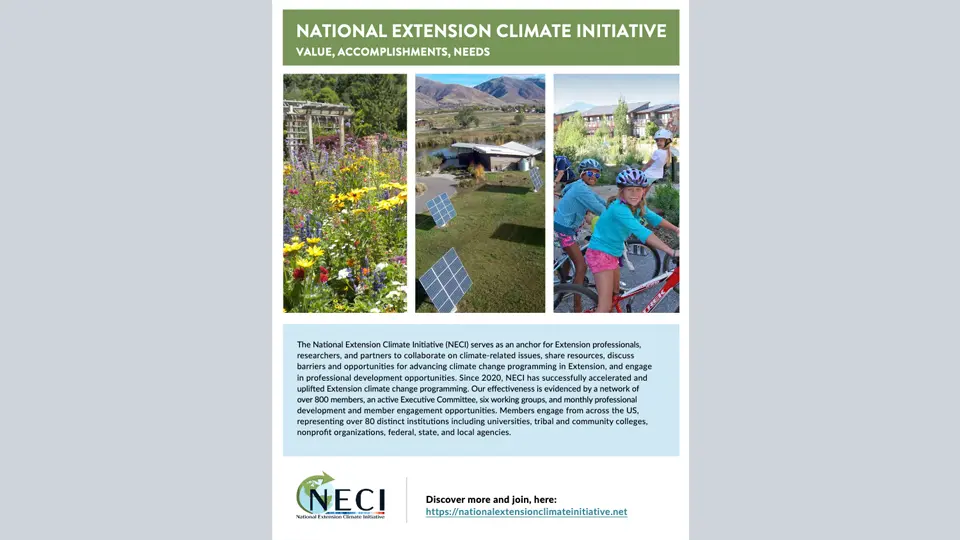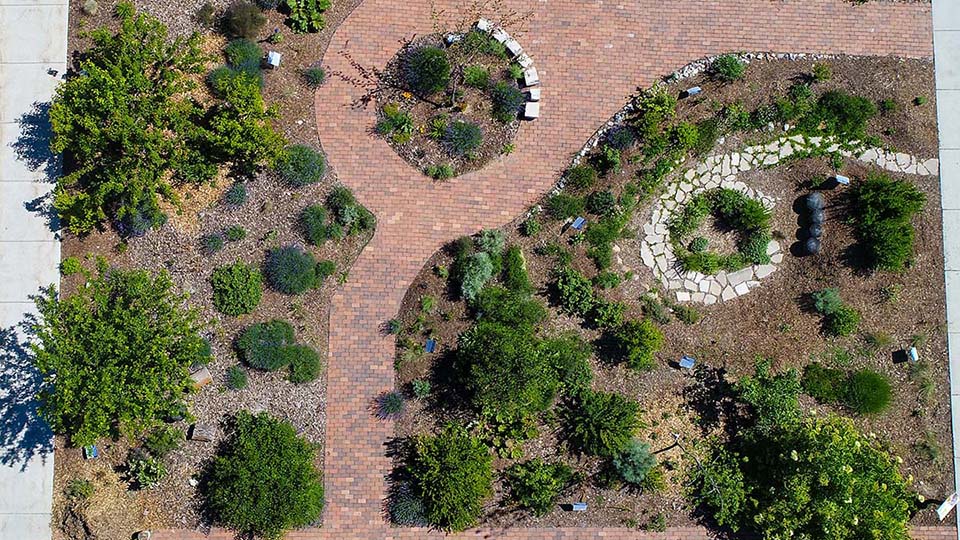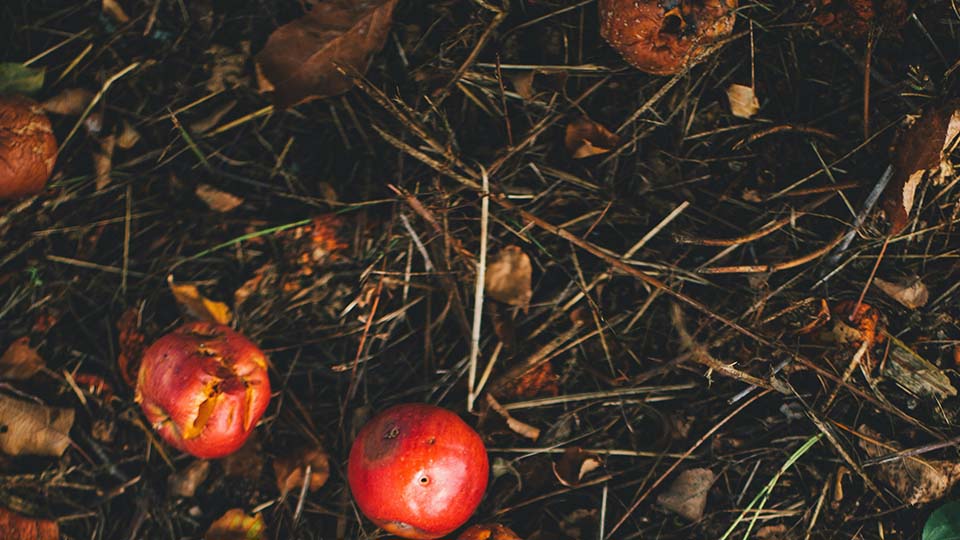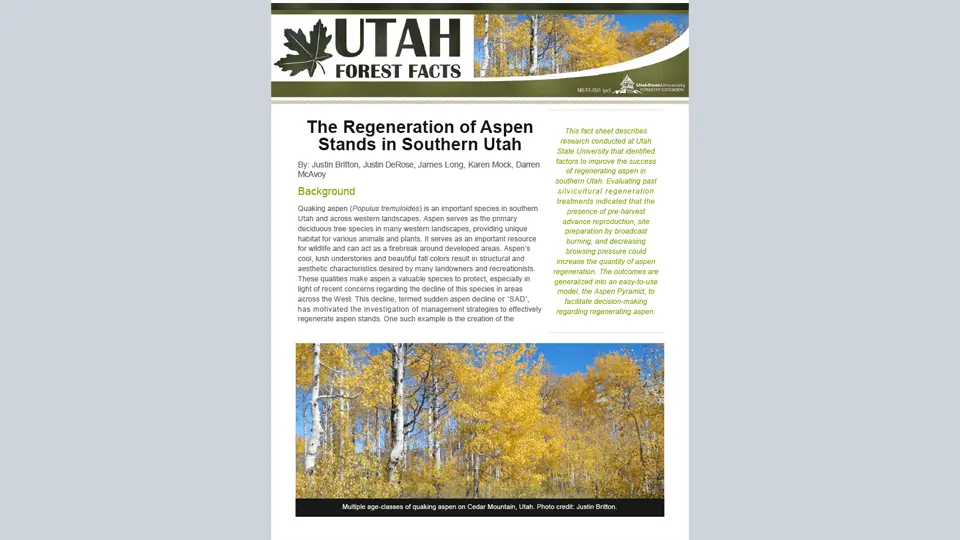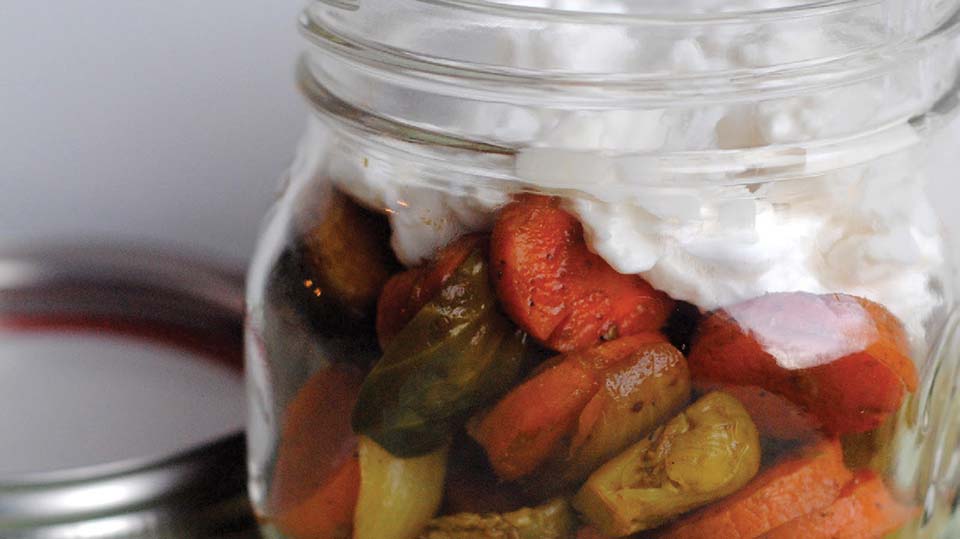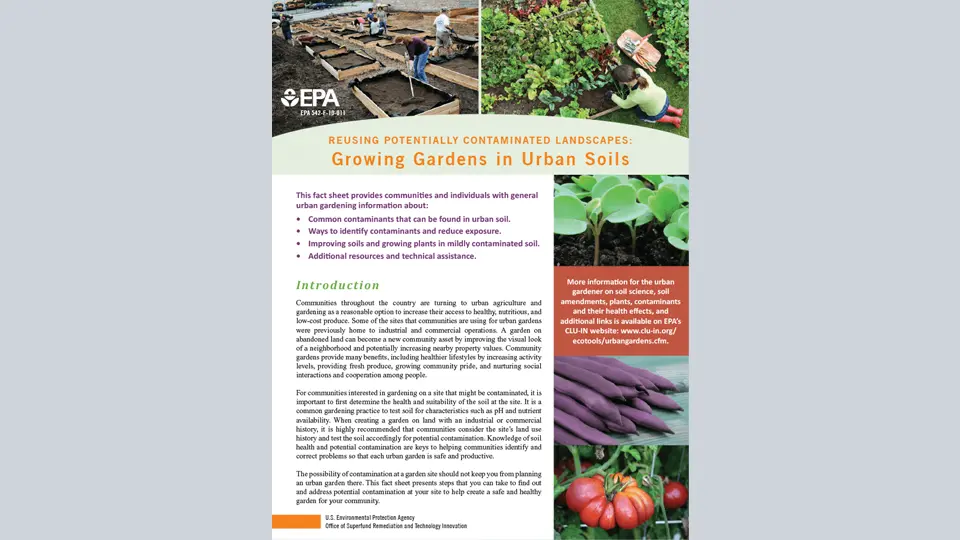Rain Barrels in Utah

What is Rainwater Harvesting?
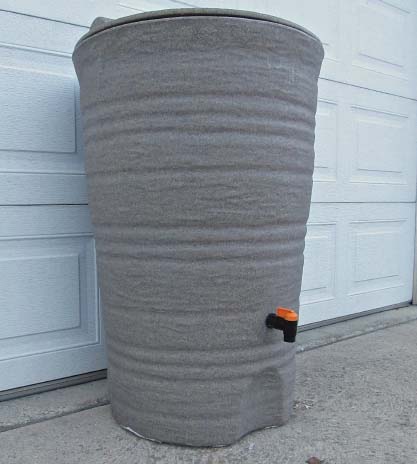
Rainwater harvesting is the practice of collecting and storing precipitation for later use. This technique has been around for thousands of years and was used by Native Americans in our region. Currently, rain barrels are commonly used to harvest rain. These are one example of green infrastructure, such as rain gardens, green roofs, and permeable pavers.
What are the Benefits?
Rainwater harvesting is a win-win situation for the environment and homeowner. When it rains on impervious surfaces like roads, roofs, and sidewalks, the runoff can pick up trash, nutrients, and pollution. This is called stormwater runoff. This runoff moves through our drains and can end up in our local water bodies, impairing our water quality.
Reducing the first initial flush of stormwater runoff can lessen the amount of pollution that reaches our local water bodies. Rain barrels help accomplish this goal because they store water, mimicking our natural ecosystems. A study by scientists at the University of Utah1 found that if every house in a typical neighborhood in Salt Lake City installed one 50 gallon rain barrel, the stormwater runoff could be reduced by 12%!
Environmental Benefits
- Reduce stormwater runoff. Stormwater can carry debris and other pollutants, stressing local waterways and storm sewer systems.
- Improve water quality in lakes and streams.
- Reduce water withdrawals from lakes and streams.
Homeowner Benefits
- A new source of water for your garden or landscaping.
- Helps conserve water and save money.
- Easy way to lessen your home’s environmental impact.
Are they Legal in Utah?

YES! Many people still believe that rainwater harvesting is illegal, but this is a myth. On May 11, 2010, Senate Bill 322 went into effect which allowed for legal harvesting of rainwater in Utah. This law was partially amended in 2013 with House Bill 363 effective May 14, 2013, to help simpify the regulations.
Current Regulations
- Any parcel of land can install a rainwater harvesting system and use that water on the same parcel.
- Total volume of rainwater harvesting containers cannot exceed 2,500 gallons per land parcel.
- Containers are recommended to be covered and may be above or below ground in accordance with building codes.
You need to register your rainwater harvesting system with the Utah Division of Water Rights4 if:
- There are more than two containers per parcel, or
- any one container has a maximum storage volume greater than 100 gallons.
Utah is a Desert, How Much Rainwater Could I Collect?
Most of Utah is part of a cold desert ecoregion where we receive the majority of our precipitation as snow. Although Utah is the second driest state in the nation, there is a significant amount of stormwater that could be collected. Scientists estimate that one 50 gallon rain barrel could capture up to 73 percent of the total yearly runoff from a 1,000 ft2 roof in Utah1 . To capture this much you would need to regularly empty the barrel. While this is not enough water to meet your entire outdoor needs, it is a sustainable way to reduce your outdoor water demand. Table 1 displays average gallons of water a 50 gallon rain barrel could collect across Utah by month if properly maintained.
Average Gallons Collected
| City | April | May | June | July | Aug | Sept | Oct | Total |
|---|---|---|---|---|---|---|---|---|
| Logan | 916 | 1047 | 611 | 349 | 349 | 655 | 873 | 4800 |
| SLC | 873 | 873 | 436 | 262 | 305 | 524 | 655 | 3927 |
| Provo | 873 | 873 | 524 | 349 | 436 | 655 | 873 | 4582 |
| Richfield | 262 | 480 | 305 | 305 | 349 | 393 | 480 | 2575 |
| Moab | 349 | 305 | 175 | 436 | 436 | 393 | 524 | 2618 |
| St. George | 262 | 87 | 87 | 349 | 349 | 262 | 305 | 1571 |
Table 1. Average monthly gallons of water collected in a 50 gallon rain barrel assuming a roof size of 1,000 ft2 and a capture rate of 70%. Average precipitation data from the National Climatic Data Center.
General Design and Maintenance
Choosing a rainwater harvesting system will depend on your roof, how much water you want to capture, and how much you want to spend on the project.* Consult with a local landscaper, home improvement store, or search the Internet. There are many options available for you to create a system that is perfect for your needs. No matter the design all rain barrels need to include these safety elements:
- Ensure your container has a large, removeable access point for cleaning and general maintenance. All containers should be covered for safety and to prevent mosquitos.
- Containers must be placed on a sturdy base to support their full weight.
- Route the overflow away from your home on to an unpaved surface to prevent water overflow damage to your home.
Rain barrels require simple periodic maintenance. At least once a year you should completely empty and rinse out your rain barrel. This will remove algal growth, debris, or any stagnant water. If you live in a cold climate then you should disconnect and store your rain barrel in the winter to prevent it from freezing solid.
We recommend systems with diverters from rooftop downspouts which make for easy maintenance. Diverters allow for water to be moved into a rain barrel while debris and excess water pass out the bottom of the existing downspout. Diverters make it easy to disconnect rain barrels for winter storage.
Build Your Own or Buy a Premade Rain Barrel?
There are a variety of premade rain barrels that you can buy from home improvement stores or online. There are many sizes, materials, colors, and shapes so that you can find a rain barrel that meets all your design needs. These rain water harvesting containers can cost anywhere from fifty to thousands of dollars.
Another popular option is to build your own rain barrel. This is not very hard to do and can be a great way to reuse large containers. We recommend using food grade plastic containers. Never use any container that stored toxic materials or metal containers not designed for water storage. Plastic containers that have large lids make maintenance and cleaning easier. Below is a list of tools and materials needed to build your own rain barrel.
Tools Needed
- Drill with 1 ¾” hole saw
- Calk gun with silicone seal
- Heat gun (or hair dryer)
- Safety equipment (glasses and gloves)
Materials Needed
- Large plastic container with lid (50 gallons or larger recommended)
- ¾” brass hose bib
- 1 ½” x ¾” Female threaded bushing
- A rain water diverter
How to Build a Rain Barrel
How to Install a Rain Barrel Diverter
For more information, visit: extension.usu.edu/waterquality/htm/urbanstormwater
References
- Steffen, Jennifer, Mark Jensen, Christine A. Pomeroy, and Steven J. Burian. 2013. Water Supply and Stormwater Management Benefits of Residential Rainwater Harvesting in U.S. Cities. Journal of the American Water Resources Association (JAWRA) 49(4): 810–824. DOI: 10.1111/jawr.12038
- Utah Senate Bill 32. 2010. http://le.utah.gov/~2010/bills/sbillenr/sb0032.pdf
- Utah House Bill 36. 2013. http://le.utah.gov/~2013/bills/hbillenr/HB0036.pdf
- Utah Division of Water Rights. Rain Water Harvesting Registration. http://waterrights.utah.gov/forms/rainwater.asp
- Utah State University Extension. 2013. How to Build a Rain Barrel YouTube Video. https://www.youtube.com/watch?v=pQIgmN3-1jA
- Utah State University Extension. 2013. How to Install a Rain Barrel Diverter YouTube Video. https://www.youtube.com/watch?v=l1O3gdb2lrM
*Rain water runoff calculation for roof
Roof area ft2 * Rain fall amount (# of inches/12) * Runoff Rate (generally between 0.65-0.8) * Convert to Gallons (7.48 gallons/ft3 )
For example a half inch of rain on a roof that is 20 ft wide by 40 ft long would produce 174.5 gallons
ft2 * (0.5/12)ft * 0.7 * 7.48 gallons/ft3 = 174.5 gallons of runoff.
This fact sheet is brought to you by:
- USU Extension Water Quality
- USU Extension Sustainability
- iUtah EPSCoR
- Utah Society for Environmental Education
February 2015
Utah State University Extension
Peer-reviewed fact sheet
Authors
Brian Greene, Nancy Mesner, & Roslynn Brain
Departments of Watershed Sciences, Environment & Society
Related Research




